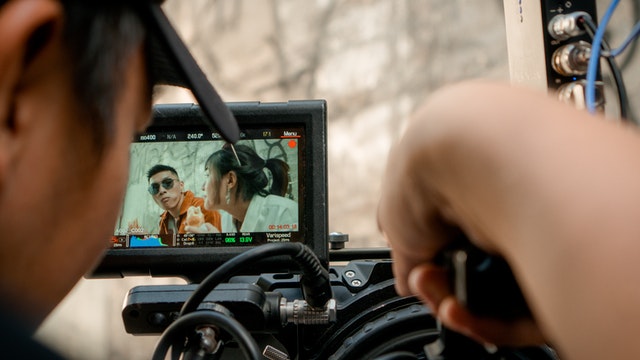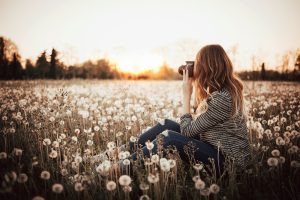
You might feel concerned about the unpredictability of filming outdoor even though you have great security and have done gate repair Dallas, but the end product is worth the uncertainty. Therefore, step out of your comfort zone and take the plunge.
Here are some pointers to consider:
1. Prioritize timing over perfect lighting.
While good lighting is crucial, waiting for ideal conditions might not always be feasible, especially with the unpredictable nature of outdoor lighting. Timeliness in conveying your message is key to seizing important business opportunities.
2. Maintain eye contact by avoiding unnecessary sunglasses.
When shooting outdoors, refrain from wearing sunglasses if the natural light is soft, as it fosters trust and a sense of personal connection in your videos.
3.Utilize sunglasses in harsh lighting conditions.
If the sunlight is glaring, wearing sunglasses is acceptable, as excessive squinting can detract from your message and the scenic outdoor backdrop, undermining the purpose of outdoor video production.
4. Film during the “magic hour” for optimal lighting.
Capture outdoor footage shortly after sunrise or before sunset when the sun is lower, yielding more flattering illumination.
5. Seek shade in excessively bright sunlight.
If the lighting remains too harsh, particularly in elevated areas, or during peak sun hours, locate shaded areas like trees or buildings to soften the lighting conditions.
6. Choose cloudy days for outdoor recording.
Cloudy conditions offer better lighting for filming compared to bright sunlight, as the diffused natural light enhances the overall visual appeal of your videos.
7. Harness the allure of nature to captivate your audience.
Nature possesses an inherent charm that appeals to people, offering a wealth of visual splendor. Integrate the breathtaking beauty of outdoor landscapes into your videos.
Shoot your footage amidst the serene ambiance of a hiking trail, the tranquility of a beach, or against a backdrop of majestic mountains. Showcase these natural settings in your videos to entice viewers and compel them to hit play.
8. Identify reliable outdoor filming locations that resonate with you.
Once you’ve filmed outdoors a few times, pinpoint those spots that you find particularly appealing and designate them as your preferred settings. This ensures you have ready-to-go locations for future outdoor shoots, eliminating the need to scramble for suitable places.
9. Embrace the spontaneity that outdoor filming offers.
One of its greatest advantages is the opportunity for impromptu moments and spontaneous encounters. Capture the charm of the surrounding environment—whether it’s people hiking on nearby trails, children playing in a local park, or birds soaring overhead. These candid glimpses add authenticity and vibrancy to your videos.

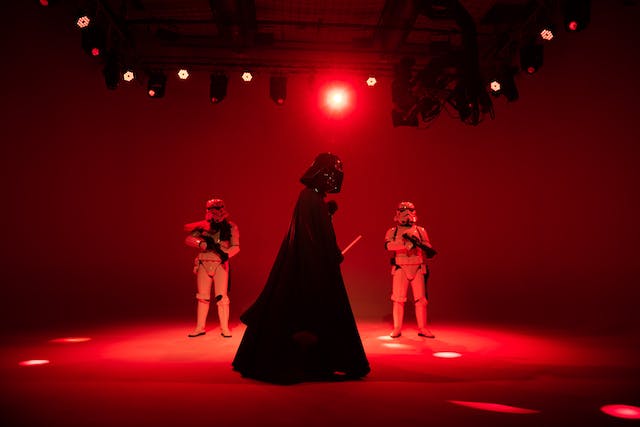
 We all know that yard drainage systems have an important role in ensuring the health and protection of people against-water borne bacteria. However, stagnant water that might not be visible in our everyday lives could be serving as critical breeding grounds for disease-carrying insects and microbes.
We all know that yard drainage systems have an important role in ensuring the health and protection of people against-water borne bacteria. However, stagnant water that might not be visible in our everyday lives could be serving as critical breeding grounds for disease-carrying insects and microbes. Moreover and for years, Connecticut has been attracting
Moreover and for years, Connecticut has been attracting 
 In the world of filmmaking, every element plays a crucial role in bringing stories to life on the silver screen. From captivating scripts to brilliant performances, there’s no denying the power of cinema. However, one aspect often overlooked is the role of Northern Territory car rentals in enhancing the visual experience of films. In this article, we will delve into the fascinating relationship between films, cinematography, and car rentals, highlighting how these seemingly disparate elements merge to create memorable on-screen moments.
In the world of filmmaking, every element plays a crucial role in bringing stories to life on the silver screen. From captivating scripts to brilliant performances, there’s no denying the power of cinema. However, one aspect often overlooked is the role of Northern Territory car rentals in enhancing the visual experience of films. In this article, we will delve into the fascinating relationship between films, cinematography, and car rentals, highlighting how these seemingly disparate elements merge to create memorable on-screen moments.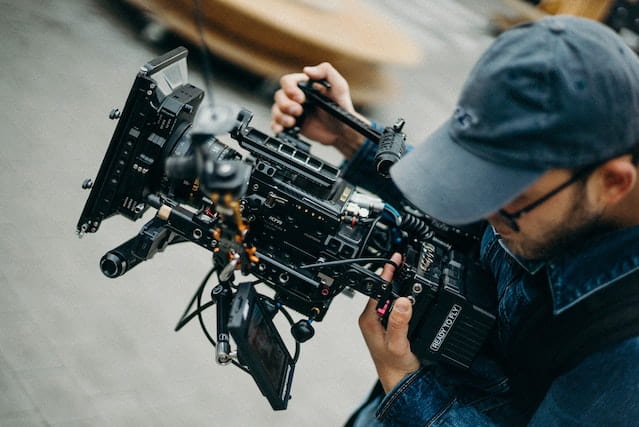

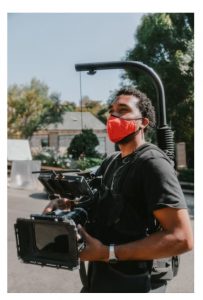 Are you looking to increase your social media following? Have you considered tik tok follower kaufen and incorporating film and cinematography into your content strategy? Whether you’re a filmmaker or simply a fan of movies, integrating these topics into your social media presence can help attract new followers and engage your current audience. In this article, we’ll explore how you can use film and cinematography to optimize your social media content and gain more followers.
Are you looking to increase your social media following? Have you considered tik tok follower kaufen and incorporating film and cinematography into your content strategy? Whether you’re a filmmaker or simply a fan of movies, integrating these topics into your social media presence can help attract new followers and engage your current audience. In this article, we’ll explore how you can use film and cinematography to optimize your social media content and gain more followers.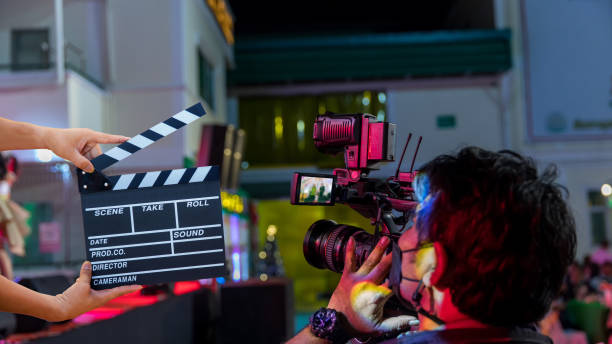

 Many contend that it’s hard to argue poor quality as a basis for rejection. As a matter of fact, smartphones like iPhone 14 have powerful yet user-friendly editing tools including features that can produce enhanced sound effects. Moreover, there are now online platforms that offer digital film distribution support to smartphone-produced short films.
Many contend that it’s hard to argue poor quality as a basis for rejection. As a matter of fact, smartphones like iPhone 14 have powerful yet user-friendly editing tools including features that can produce enhanced sound effects. Moreover, there are now online platforms that offer digital film distribution support to smartphone-produced short films.
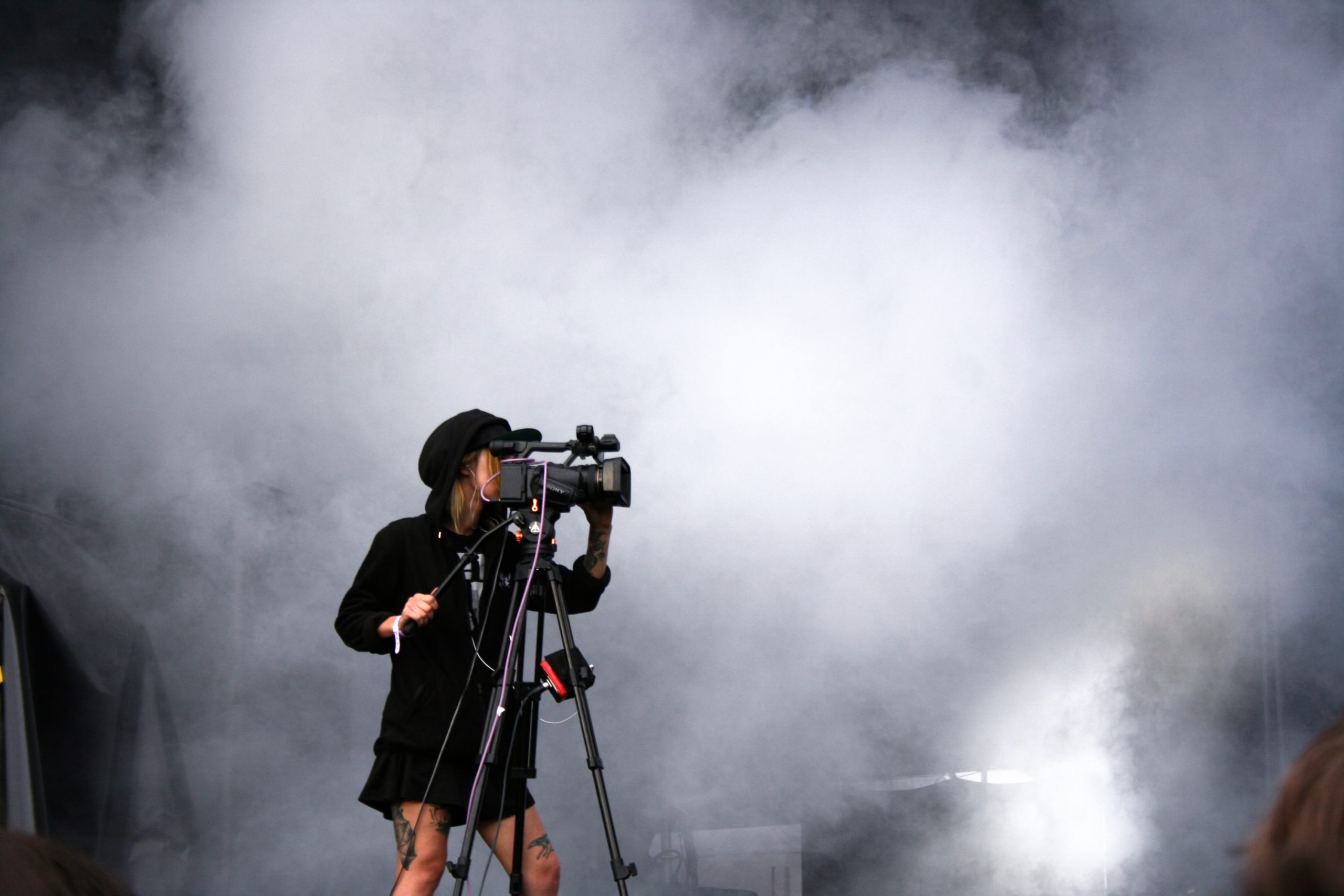




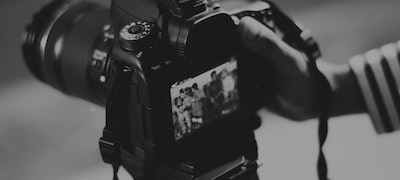





 According to world market reports, in the past years prior to the pandemic, British films have been cornering at least 25% of the global box office earnings. Now that the country has managed to get past the critical phase of the COVID-19 health crisis, the country is currently seeing several high end films being shot in the UK
According to world market reports, in the past years prior to the pandemic, British films have been cornering at least 25% of the global box office earnings. Now that the country has managed to get past the critical phase of the COVID-19 health crisis, the country is currently seeing several high end films being shot in the UK and an extensive base from which to find film production crew and technicians, offering services at relatively competitive prices.
and an extensive base from which to find film production crew and technicians, offering services at relatively competitive prices. Anyone involved in the movie making world knows that despite the amount of planning and preparations done, there are always instances when the film outfit faces unexpected situations of needing to relocate to another area.
Anyone involved in the movie making world knows that despite the amount of planning and preparations done, there are always instances when the film outfit faces unexpected situations of needing to relocate to another area.




